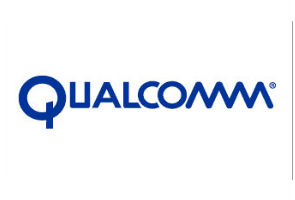LTE (Long Term Evolution) technology, demoed for the first time last
year by Ericsson and Qualcomm, may finally see light of day in 2011.
Huawei, ZTE, Quanta and BandRich have announced LTE TDD with multi-mode devices based on Qualcomm MDM9x00 chipsets. These modems are expected to hit the streets before the end of 2011. At the launch, the ecosystem required for LTE TDD was explained. When a consumer leaves the coverage of an LTE tower, he will automatically be transferred to a 3G network. This will enable users to have a seamless broadband experience on the go.
LTE simply stands for Long Term Evolution. It can understood as the next step in faster mobile data transfer speed after 3G. The data transfer potential for LTE is maxed out at 100 Mbit/s download and 50 Mbit/s upload. These speeds are almost twice as fast when compared to the current offerings from 3G.
LTE's interoperability with existing 3G HSPA and EV-DO networks enables operators to leverage investments in current infrastructure to offer seamless mobile broadband services through multi-mode devices.
Huawei, ZTE, Quanta and BandRich have announced LTE TDD with multi-mode devices based on Qualcomm MDM9x00 chipsets. These modems are expected to hit the streets before the end of 2011. At the launch, the ecosystem required for LTE TDD was explained. When a consumer leaves the coverage of an LTE tower, he will automatically be transferred to a 3G network. This will enable users to have a seamless broadband experience on the go.
LTE simply stands for Long Term Evolution. It can understood as the next step in faster mobile data transfer speed after 3G. The data transfer potential for LTE is maxed out at 100 Mbit/s download and 50 Mbit/s upload. These speeds are almost twice as fast when compared to the current offerings from 3G.
LTE's interoperability with existing 3G HSPA and EV-DO networks enables operators to leverage investments in current infrastructure to offer seamless mobile broadband services through multi-mode devices.

No comments:
Post a Comment